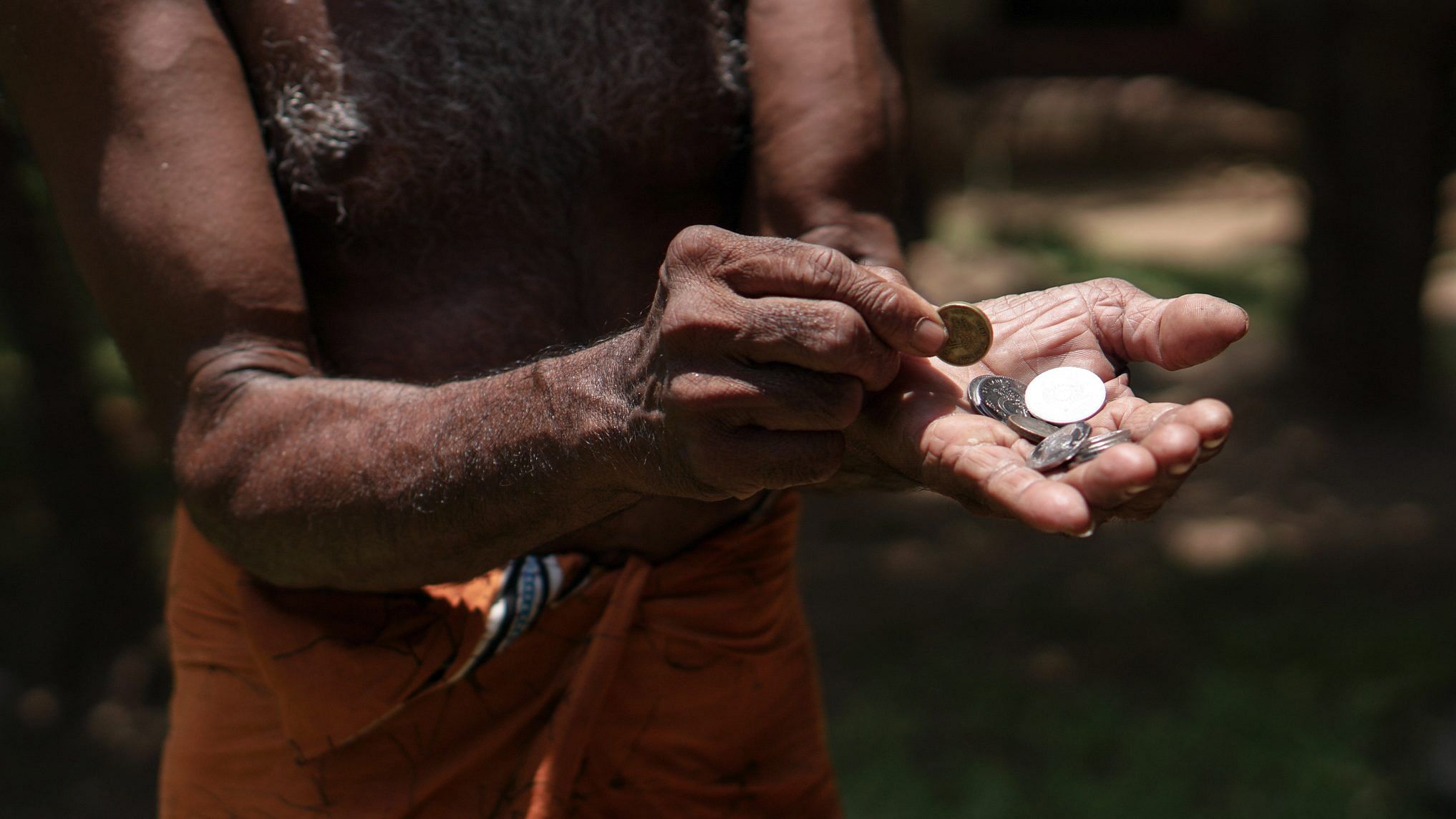
The most often repeated description of the last three years is ‘devastating and unprecedented crisis’ caused due to the Covid-19 pandemic. Life was derailed and disrupted across the globe with the pandemic taking a heavy toll in the form of around 6.7 million deaths, almost more than 200 million people being pushed into unemployment, and the global economy crashing to negative growth rates with majority of populations living in hunger, debt, and poverty.
In the schizophrenic world we live in, a miniscule number, namely the dollar billionaires, not only escaped this heart-wrenching reality but had a golden period with their wealth swelling. In the last two years, the billionaire fortunes increased by $2.7 billion a day while at least 1.7 billion workers now live in countries where inflation is outpacing wages. India is no different, and this inequality only gets further accentuated. In India, a mere 20 billionaires have the same wealth as 700 million Indians.
The obscene levels of inequality that we witness today have perpetually grown over the last four decades, and is not an accident or an inevitable outcome of human growth and development. These are consequences of deliberate policy choices and economic structures, which essentially ensure the accumulation of wealth for the super-rich. In the last one decade, the richest 1 per cent captured around 50 per cent of all the new wealth created, and this gets worse as since 2020 the richest one per cent captured 75 per cent of all new wealth. In India between 2012-21, 40 per cent of the wealth created has gone to just the top one per cent, and only a mere three per cent of the wealth has gone to the bottom 50 per cent of the population. This certainly is a design for a bonanza for billionaires.
Oxfam’s annual report on inequality, titled ‘Survival of the Richest’ released at Davos on the opening day of the World Economic forum highlights the growing inequality in the world, and the fact that extreme wealth and extreme poverty have increased simultaneously for the first time in 25 years. The India supplement of the report highlights the fact that just five per cent of Indians own more than 60 per cent of country’s wealth, while the bottom 50 per cent of India’s population possess only three per cent of wealth.
An analysis of another telling and significant paradox highlighted by the report will give us some pointers for countering the trend of growing inequality. The number of hungry Indians increased to 350 million in 2022 from 190 million in 2018. On the other hand, 64 per cent of the Goods and Services Tax (GST) came from the bottom 50 per cent of the population and only 3 per cent from the top 10 per cent population in 2021-22. Around the same period, in 2019, the Union government reduced the corporate tax slabs from 30 per cent to 22 per cent. The projected revenue forgone by the Government of India in 2020-21 in the form of incentives and tax exemptions to corporates was more than Rs 1.03 trillion, equivalent to the allocation of MGNREGA for 1.4 years. Precious revenue forgone as sops to the corporates, when India’s social infrastructure has been crying for more resources, as exemplified by the crumbling public health system during the Covid-19 second wave clearly flags the limitations of a tax system which is premised on fabled trickle-down economics.
This obscene and growing inequality directly confronts India’s moral universe which has equality as a fundamental pillar of the modern Indian republic. This is not the time to look away as wealth get amassed at the top with the billionaires becoming more and more rich, while the majority of the population finds it a challenge to ensure three square meals for the family.
This becomes more urgent as it is clear that such levels of inequality are unsustainable, and will lead to breakdown of social and political order. Surprisingly, even entities such as the International Monetary Fund (IMF) are now repeatedly pointing at the threats high levels of inequality pose to societies. The linkages and intra-dependence of this economic inequality, the climate crisis, and the crisis of democracy is not difficult to fathom.
An alternative economic vision for creating a more equal society is a real possibility. Solutions are known, and primarily require political will. This can start with three critical dimensions. First, is an overhaul of the tax architecture by making it more progressive, including introducing one-off solidarity windfall taxes, permanently increase taxes on the richest one per cent, raise taxes on capital gains, and bring back equalising measures like inheritance and wealth taxes.
Second, ensure robust and universal public services such as public health and education, as historically these have been the main drivers of creating more equal societies. In budgetary terms this should mean at least an allocation equivalent to 2.5 per cent of GDP for public health, and 6 per cent for public education, as already promised by successive governments.
Finally, ensure workers in the formal and more importantly in the informal sector are paid basic minimum wages. These minimum wages should be at par with living wages which is essential for living a life with dignity.
Growing inequality is neither inevitable nor a complex economic question. At the heart of this debate are the moral and political choices we make to define our future. It is a choice between, on the one hand, the old order in service of few with power, privilege and hierarchical structures, and on the other, the higher telos of human civilisation’s pursuit of creating a just and equal society so powerfully enshrined in our Constitution.
(Amitabh Behar is Chief Executive Officer, Oxfam India.I
Disclaimer: The views expressed above are the author's own. They do not necessarily reflect the views of DH.